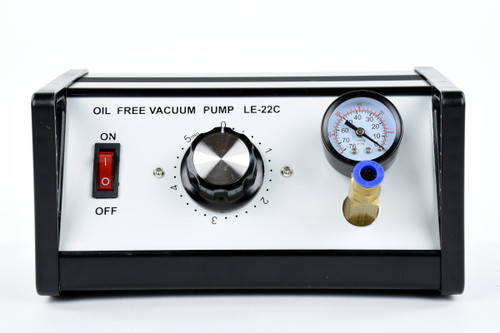@KoiosPhoebus I'm somewhat confused about your vacuum desiccation procedure.
You said you swapped the NaOH every three hours, did you do this continuously for 3 days, so like twenty swaps?
Furthermore, did you run the pump continuously?
Regarding my second point, there isn't any need to run the pump continuously, as the desiccant is there to absorb the water vapour, so you don't need
to continuously suck it away with the pump, just evacuate it as much as you can, then seal it.
As for swapping the desiccant, this is not a good idea!
When you seal the desiccator, it will take some time for the moisture in the air to be absorbed by the desiccant, it would probably take hours; only
after this point would your compound begin to desiccate.
If you keep opening it, all you're doing is drying the air inside, the compound will never get a chance to dry.
You need to put the glutamate, and the NaOH, in the desiccator, evacuate, seal it, and leave it for a day at the very least before opening it, then
see if it has decreased in weight.
I may be wrong, just my two cents :p |










